

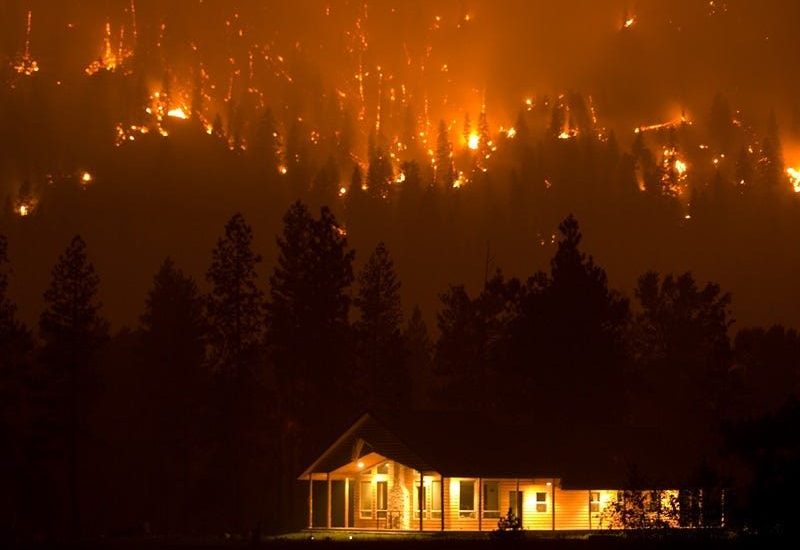
Introduction
Understanding Wildfire-Resistant Construction
Scope and Application
Fire-Resistant Materials: A Deep Dive
Smart Building Strategies
Why Invest in Fire-Resistant Construction?
Conclusion
As climate change intensifies the frequency and severity of wildfires, the need for resilient construction in wildfire-prone regions becomes critical. Wildfires not only destroy properties but also displace families and disrupt entire communities.
The devastating aftermath highlights the urgency to adopt smarter building practices that go beyond traditional approaches. This guide explores advanced fire-resistant materials and methods, focusing on their applications, compliance with standards, and the transformative benefits they bring to homeowners and communities, including enhanced safety, property value retention, and long-term sustainability.
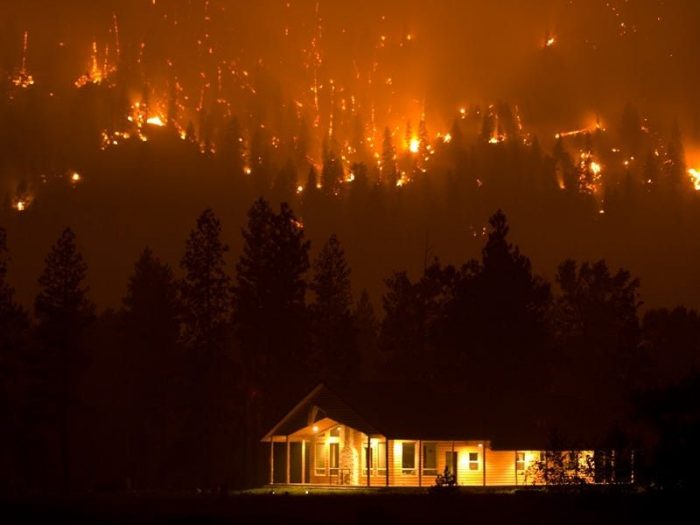
Wildfire-resistant construction aims to protect buildings from ignition due to flames, radiant heat, and embers. This approach incorporates both proactive planning and innovative material use to ensure homes and structures withstand the severe conditions often experienced during wildfires. Standards like Chapter 7A of the California Building Code provide essential guidelines for materials and methods that minimize risks in Wildland-Urban Interface (WUI) areas, ensuring compliance with safety benchmarks while optimizing structural resilience.
These measures also consider the economic and environmental impact of construction choices. For example, fire-resistant materials like fiber cement siding or composite decking are not only effective at resisting flames but also durable enough to reduce the need for frequent replacements, providing long-term cost savings. Additionally, the integration of smart technologies, such as ember-resistant vents, further enhances the overall fire defense system by addressing smaller, often overlooked vulnerabilities.

Buildings in designated Fire Hazard Severity Zones or WUI areas must comply with rigorous materials and construction methods specifically engineered to withstand wildfire exposure. These requirements are tailored to address the unique vulnerabilities of each structural component, such as roofing, exterior walls, glazing, decks, and vents, which are often the first points of ignition during a wildfire.
Roofing, for instance, must not only resist flames but also prevent embers from penetrating beneath the surface, necessitating the use of Class A fire-rated materials or metal roofing with sealed valleys. Exterior walls must create a barrier against both radiant heat and direct flames, with materials like fiber cement or heavy timber providing reliable solutions. Meanwhile, glazing and vents, critical yet often overlooked areas, require specialized designs—like tempered double-pane windows and ember-resistant screens—to mitigate the risk of internal ignition. By addressing these key vulnerabilities, WUI-compliant construction ensures not only regulatory compliance but also maximized protection for homes and lives.
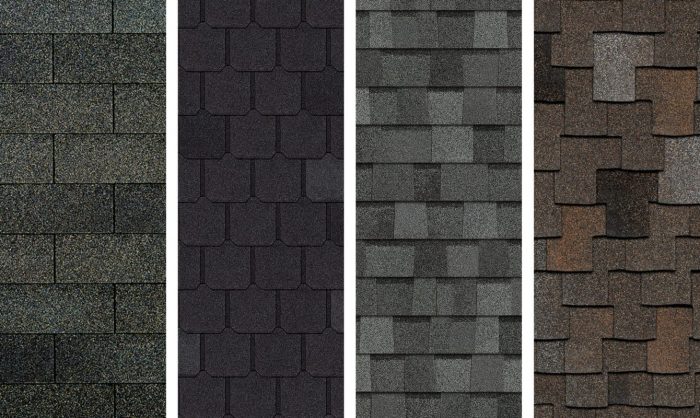
The roof is a building’s first line of defense, serving as a critical barrier against flames and embers that can quickly compromise a structure during a wildfire. Materials like Class A fire-rated shingles, concrete tiles, and metal roofing provide robust protection by resisting ignition even under intense heat exposure. These materials are engineered to withstand extreme conditions, ensuring that the roof does not become an entry point for fire.
Advanced systems further enhance this protection by addressing vulnerabilities such as gaps and openings where embers might infiltrate. Sealed valleys eliminate the spaces that can trap debris and act as ignition points, while ember-resistant gutters prevent leaves and other flammable materials from accumulating and catching fire. Combining these elements not only increases the safety of the structure but also extends the lifespan of the roof, offering both peace of mind and long-term cost savings for homeowners.
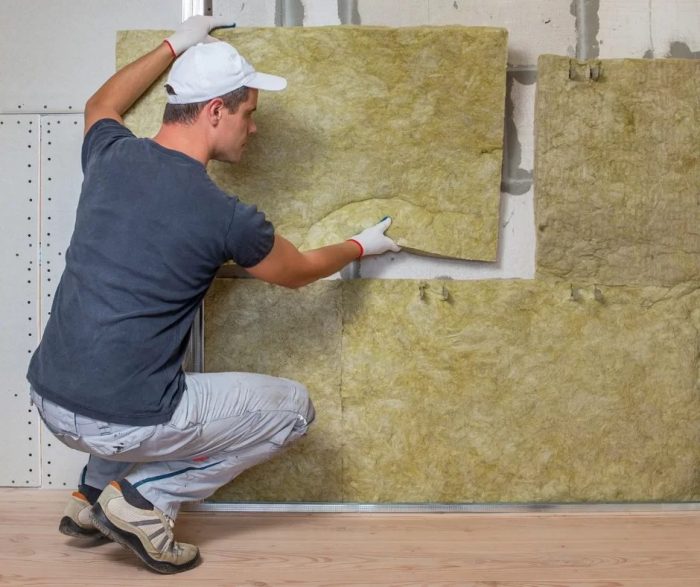
Exterior walls must prevent flame and heat penetration to ensure a structure’s integrity during wildfire exposure. Materials such as fiber cement siding are especially effective, offering high durability and resistance to heat and flames. Stucco, a time-tested solution, also provides excellent fire resistance when applied in multiple coats over solid sheathing, creating a seamless barrier that withstands high temperatures.
Heavy timber, another popular option, performs well under fire conditions due to its natural charring properties, which slow down combustion and help maintain structural stability. For modern builds, innovative products like insulated panels with fire-resistant cores are gaining traction, combining thermal efficiency with enhanced safety. These materials not only protect homes but also contribute to reducing long-term maintenance and repair costs in fire-prone areas.
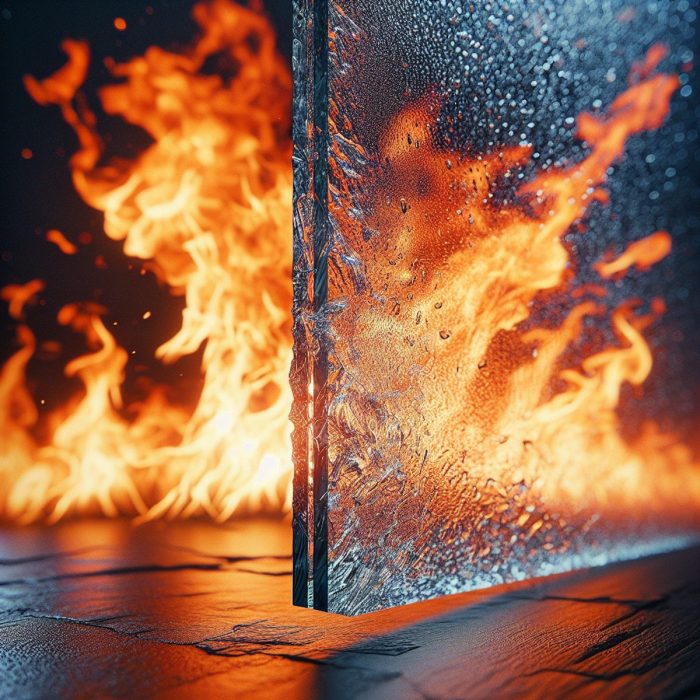
Glazing is often the weakest link during wildfires, as windows are susceptible to radiant heat, direct flames, and airborne embers. To address this vulnerability, double-pane, tempered glass with noncombustible frames provides a significant upgrade in fire resistance. The tempered glass is designed to withstand higher temperatures and resist breakage, reducing the likelihood of internal ignition caused by shattered panes or ember intrusion.
Additionally, advancements in fire-resistant glazing include multi-layered systems that incorporate intumescent gels. These gels expand under extreme heat, creating an insulating barrier that protects the interior from radiant heat and flames. Products such as Pilkington Pyrostop and Vetrotech Saint-Gobain offer these features, ensuring enhanced safety for both residential and commercial properties. Combining these systems with noncombustible window frames made of materials like aluminum or steel further strengthens a structure’s defenses against wildfire threats.

Decks, balconies, and accessory structures are high-risk areas because they are often exposed to embers and flames, making them susceptible to ignition. To mitigate these risks, fire-resistant decking materials such as exterior fire-retardant-treated wood or composite boards are essential. These materials are specifically designed to resist ignition, even when exposed to direct flame or high heat, providing an additional layer of protection to homes located in wildfire-prone areas.
Composite boards, like those offered by Trex Transcend, not only resist fire but also provide durability against weathering and decay, making them a cost-effective choice for homeowners. Additionally, many fire-resistant decking options are easy to maintain, reducing the need for frequent replacements. By incorporating these materials and adhering to safety standards outlined in Section 709A, homeowners can significantly reduce the fire risks associated with their outdoor structures while enhancing the overall resilience of their properties.
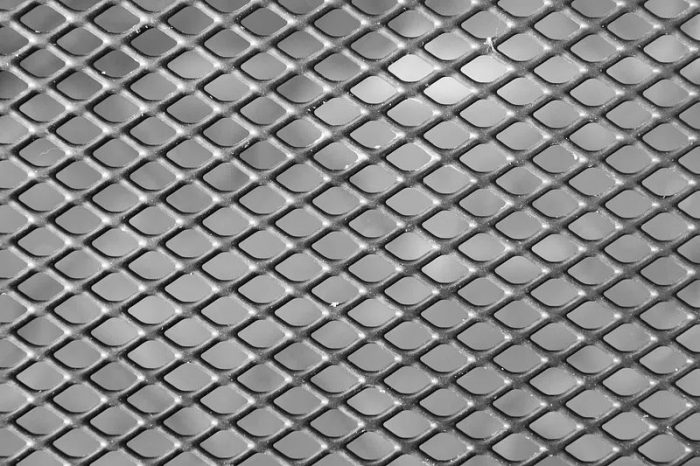
Fire-resistant vents and enclosed eaves play a crucial role in minimizing ember intrusion, a leading cause of home ignition during wildfires. Metal wire mesh, with openings ranging from 1/16 to 1/8 inch, is highly effective in preventing embers from entering attics and other vulnerable spaces. This simple yet powerful solution is a preferred choice due to its durability and ease of installation, ensuring long-term protection against airborne fire risks.
Enclosed eaves further enhance resilience by eliminating exposed areas where embers can accumulate and ignite. By using ignition-resistant soffits constructed from materials like fiber cement or treated wood, homeowners can create a seamless barrier against flames and heat. This combination of vents and eaves not only complies with wildfire safety standards but also provides peace of mind by addressing two of the most overlooked weak points in a building’s exterior defense system.
Choosing fire-resistant materials and construction methods is more than just a practical decision—it’s a commitment to safeguarding lives and ensuring the long-term stability of our communities. These proactive measures not only protect properties from devastating wildfires but also provide homeowners with peace of mind, knowing they’ve taken steps to mitigate risks. Moreover, incorporating these solutions enhances property values and can significantly improve insurance options, reflecting a home’s resilience and safety.
In a world where wildfire risks continue to grow, investing in fire-resistant construction is an essential step toward building a future that prioritizes safety, sustainability, and community well-being. Whether you’re starting new construction or retrofitting an existing structure, these advancements offer the opportunity to create spaces that are both secure and enduring.
At Rick Somers, we specialize in wildfire-resistant construction tailored to California’s unique challenges. From roofing systems to comprehensive fire mitigation plans, we’re committed to building safer, smarter, and stronger homes.
One thought on “Building for Resilience: Fire-Resistant Materials and Methods for Wildfire-Prone Areas”
Comments are closed.